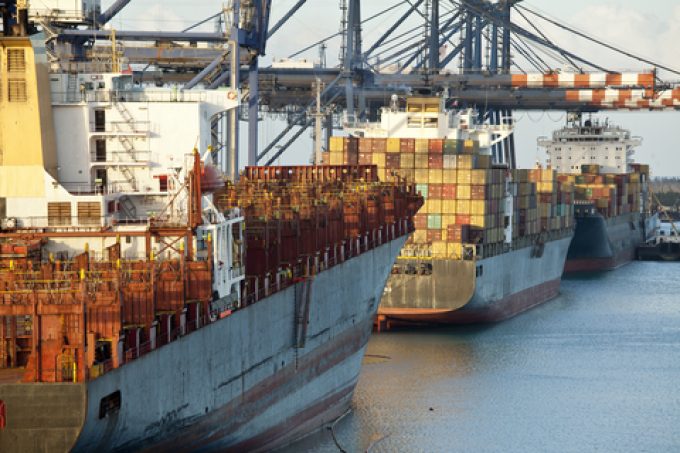Container counterfactuals: spot market vs time-charters
Spotting the time-charter correction…

Container spot freight rates on the main trades out of Asia continued to fall this week, as the resumption of operations at US east and Gulf coast ports eased industry congestion fears.
Nonetheless, the three-day stoppage by ILA members ensnared up to 70 vessels in the region, leaving an inevitable backlog that will take time to clear – estimates vary from “a matter of days” to “two or three weeks”, although it seems pretty clear that it is unlikely to have ...
Transpacific sees first major MSC blanks as rates fall and volumes falter
'It’s healthy competition' Maersk tells forwarders bidding for same business
Shippers snap up airfreight capacity to US ahead of tariff deadline
White House confirms automotive tariffs – 'a disaster for the industry'
Volcanic disruption at Anchorage could hit transpacific airfreight operations
New price hikes may slow ocean spot rate slide – but for how long?
Tighter EU import requirements proving 'a challenge' for forwarders

Comment on this article